Sometimes, we notice price increases pinching our wallets, and complaints about inflation are rife. But some products seem to exhibit a sneakier trend—as the price increases, the quality declines, and we find ourselves left with inferior products at rising price points. Here are 17 products that are costlier than they were yet have undergone a stealthy downgrade!
Toilet Paper
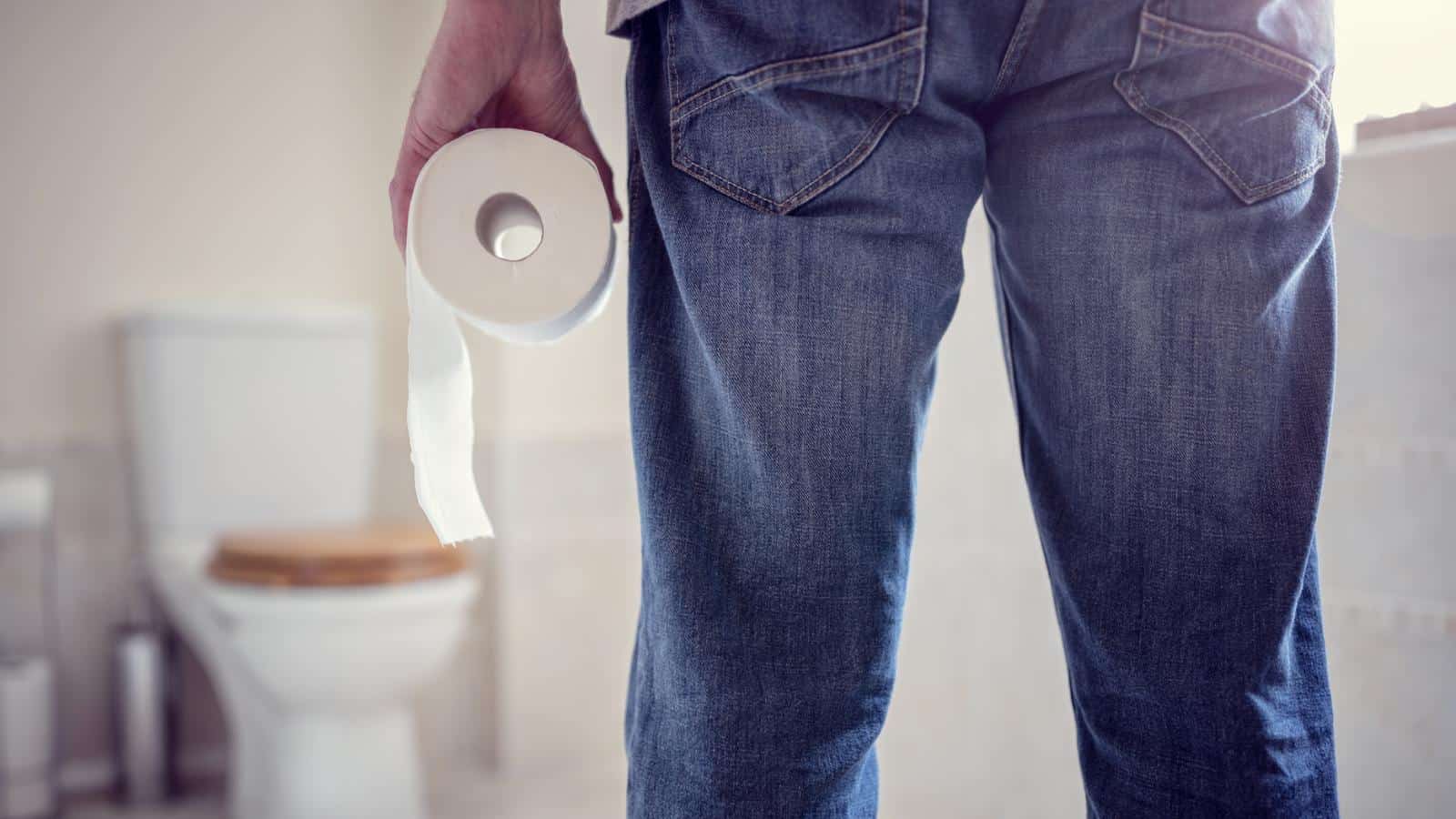
Remember the days of ultra-plush, quilted toilet paper that felt luxurious? Today’s offerings are often thinner and rougher and require more sheets to get the job done, making them even more expensive in the long run. Manufacturers often tout ‘ply count,’ but this means nothing if the quality of each layer is substandard, so consumers pay a premium for an inferior product.
Bread

These days, loaves of bread often look gigantic compared to the traditional loaves of the ‘60s and ’70s, but slice them open, and you’ll find less actual bread and far more air pockets! BBM says this trend hasn’t been helped by restrictions on bread prices, which have left producers with no option but to shrink the product while increasing the packaging size.
Laundry Detergent

Gone are the days when a single scoop of detergent could clean a whole load of laundry. Nowadays, we often have to pay top dollar for detergents that aren’t bulked up or diluted, meaning that several scoops are required to get the equivalent cleaning power. This also leads to confusion and improper use, as consumers are unsure of how much of each product is really needed.
Razors
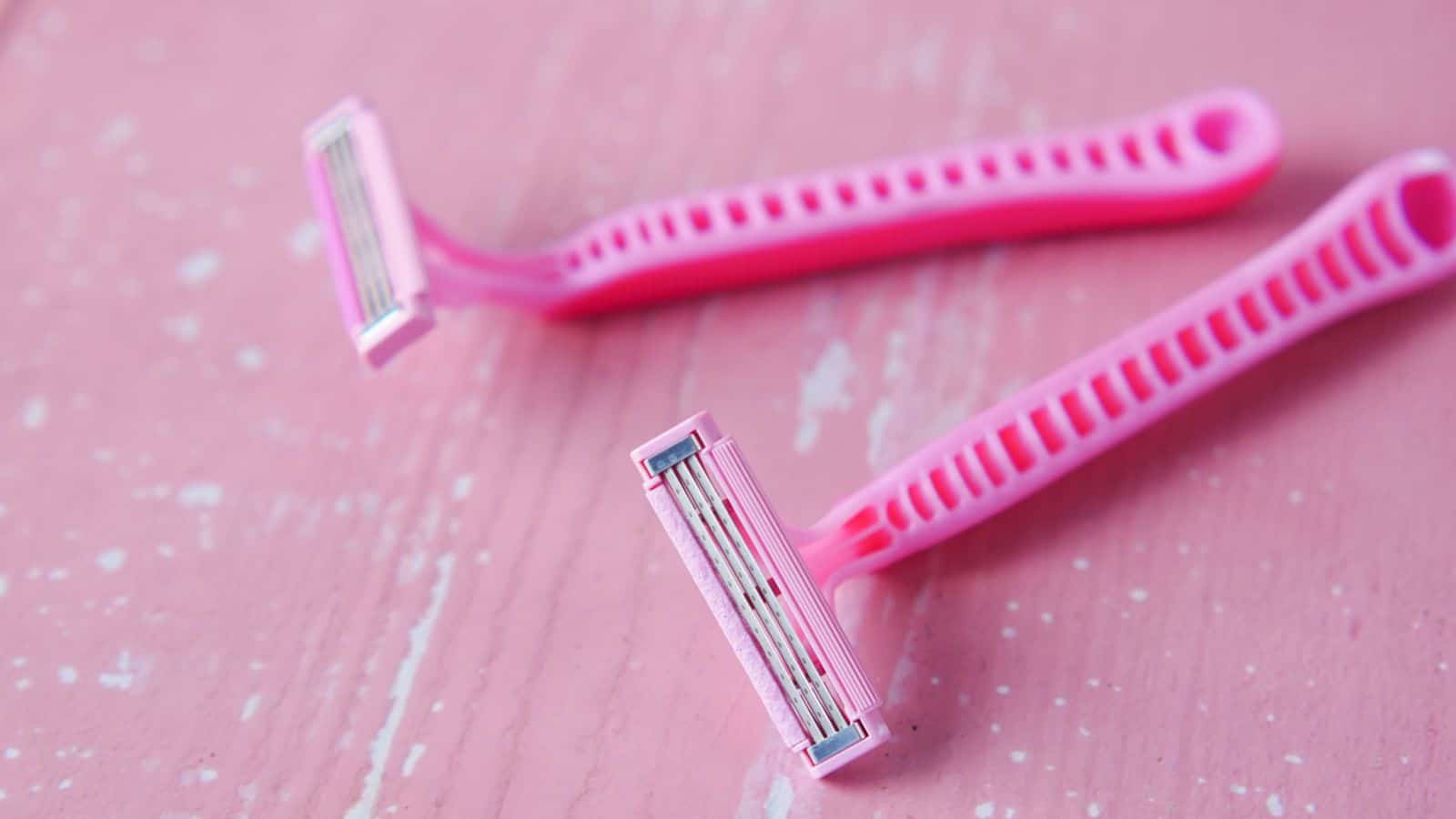
Back in the day, a brand new five-blade razor felt like a luxurious upgrade, but manufacturers now seem to have gone mad with the idea and sacrificed the sheer number of blades for individual blade quality. Consequently, modern razors work well to begin with but don’t last long, rapidly developing rust and becoming dull after only a few uses. They also feel more flimsy to hold.
Candy Bars
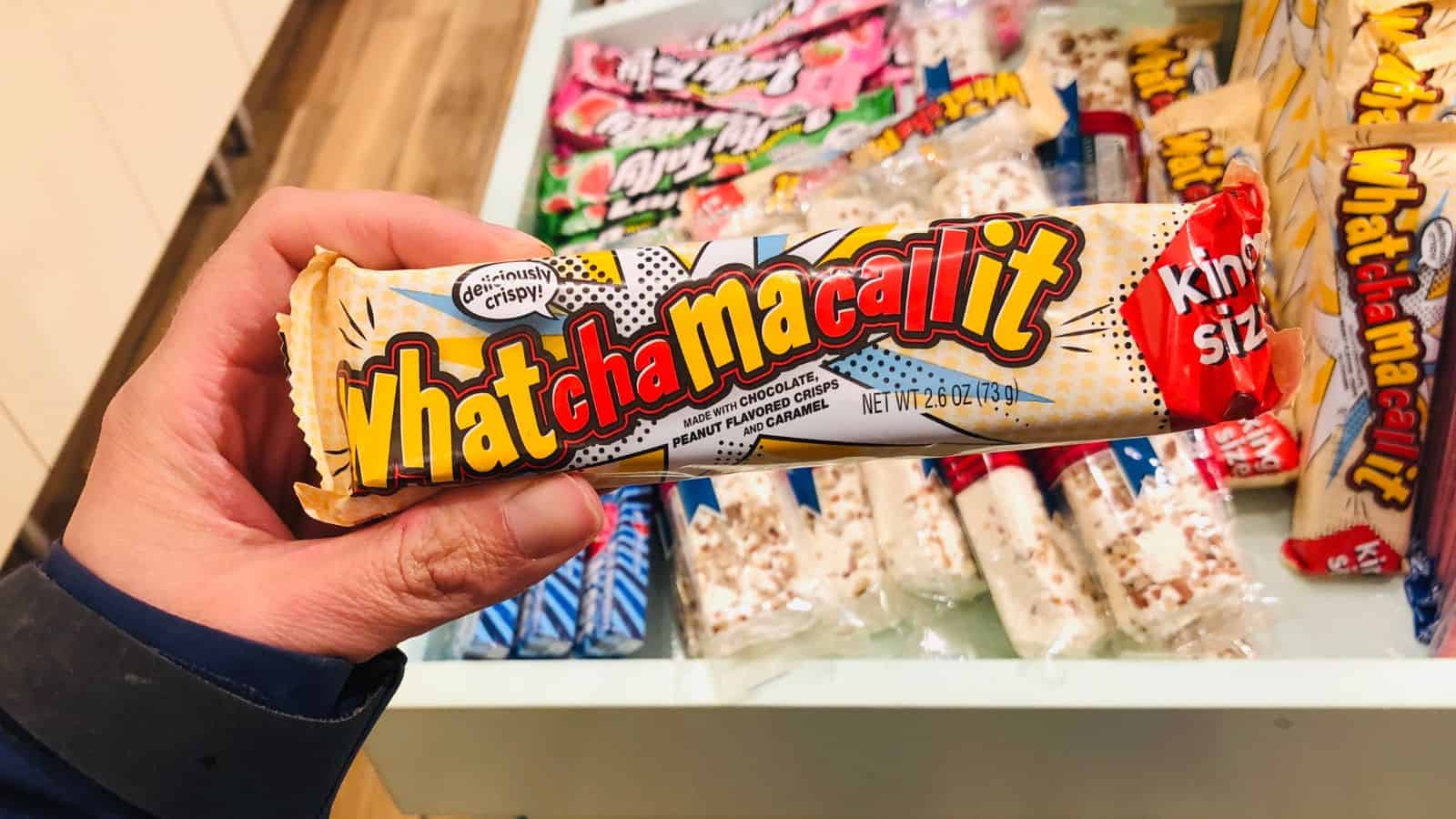
Candy bar wrappers may not have shrunk, but the chocolate bars themselves certainly have a lot more room to move than they did before! Many are the same length but notably lighter and slimmer, whereas others are just straight-up smaller. In order to get the original size, you have to pay extra for a ‘king’ size or double pack. The only plus is that smaller bars are better for our waistlines!
Cereal
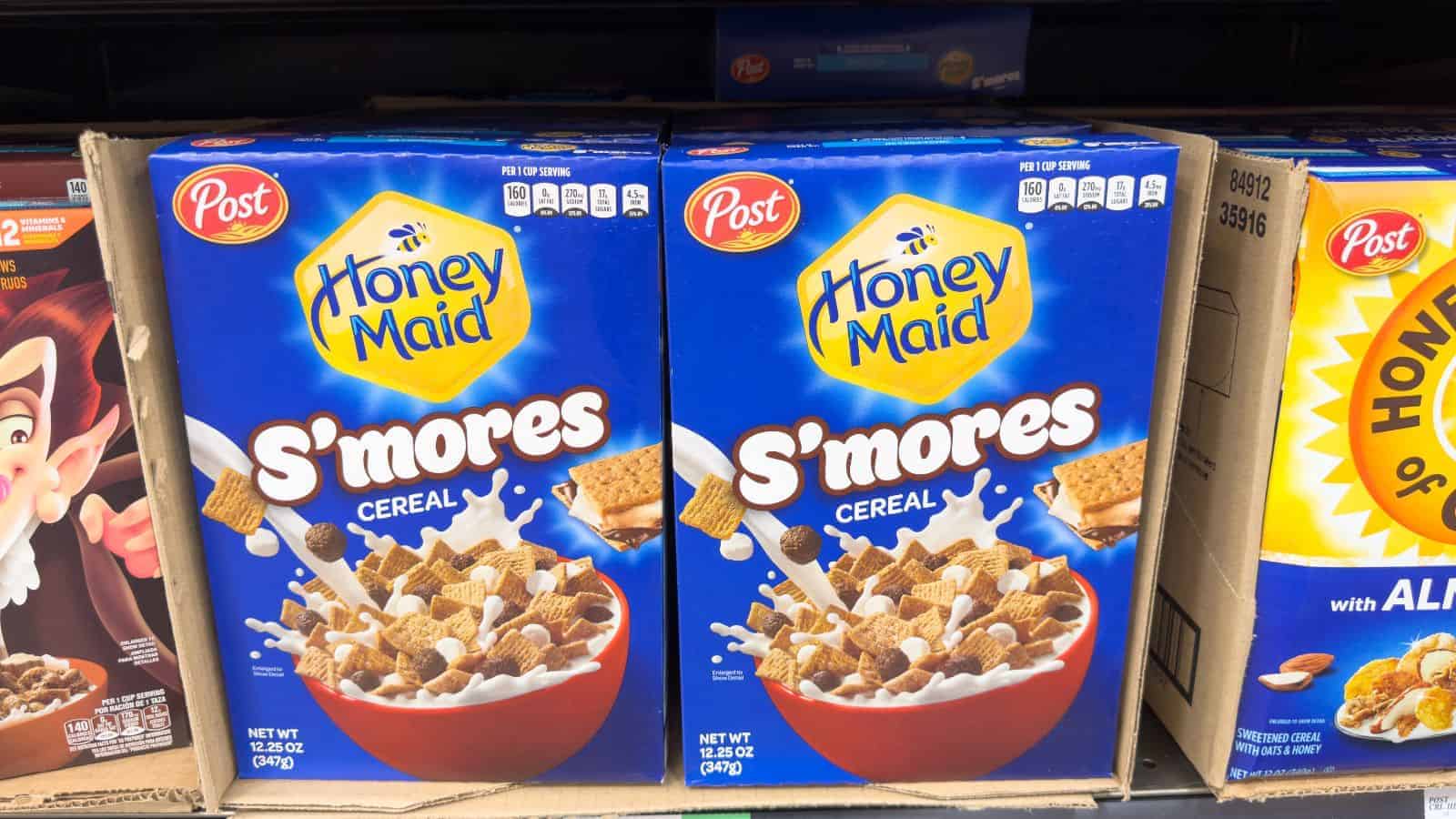
The StarTribune says cereal prices have increased so much in recent years that many consumers are opting for store-branded alternatives or switching to another breakfast food entirely. Over time, the colorful boxes and marketing strategies have intensified, but the products themselves are smaller, less tasty, and yet much more expensive.
Furniture

Modern furniture is typically mass-produced and flat-packed, with a focus on affordability over quality and durability. Unfortunately, even relatively expensive options use similar materials (like veneered chipboard and plywood), and it is difficult to find solid wood or good craftsmanship even at a premium price. This poorly made furniture often breaks, warps, or loosens over time.
Kitchen Towels

Modern microfiber dish towels have superior absorbency and dry quickly, but unlike the cotton kitchen towels our parents used, they often end up being disposable items. Microfiber cloths are prone to fraying and becoming ineffective with use, whereas traditional towels can last for years and years, even though they may require more regular washing and drying schedules.
Shoes
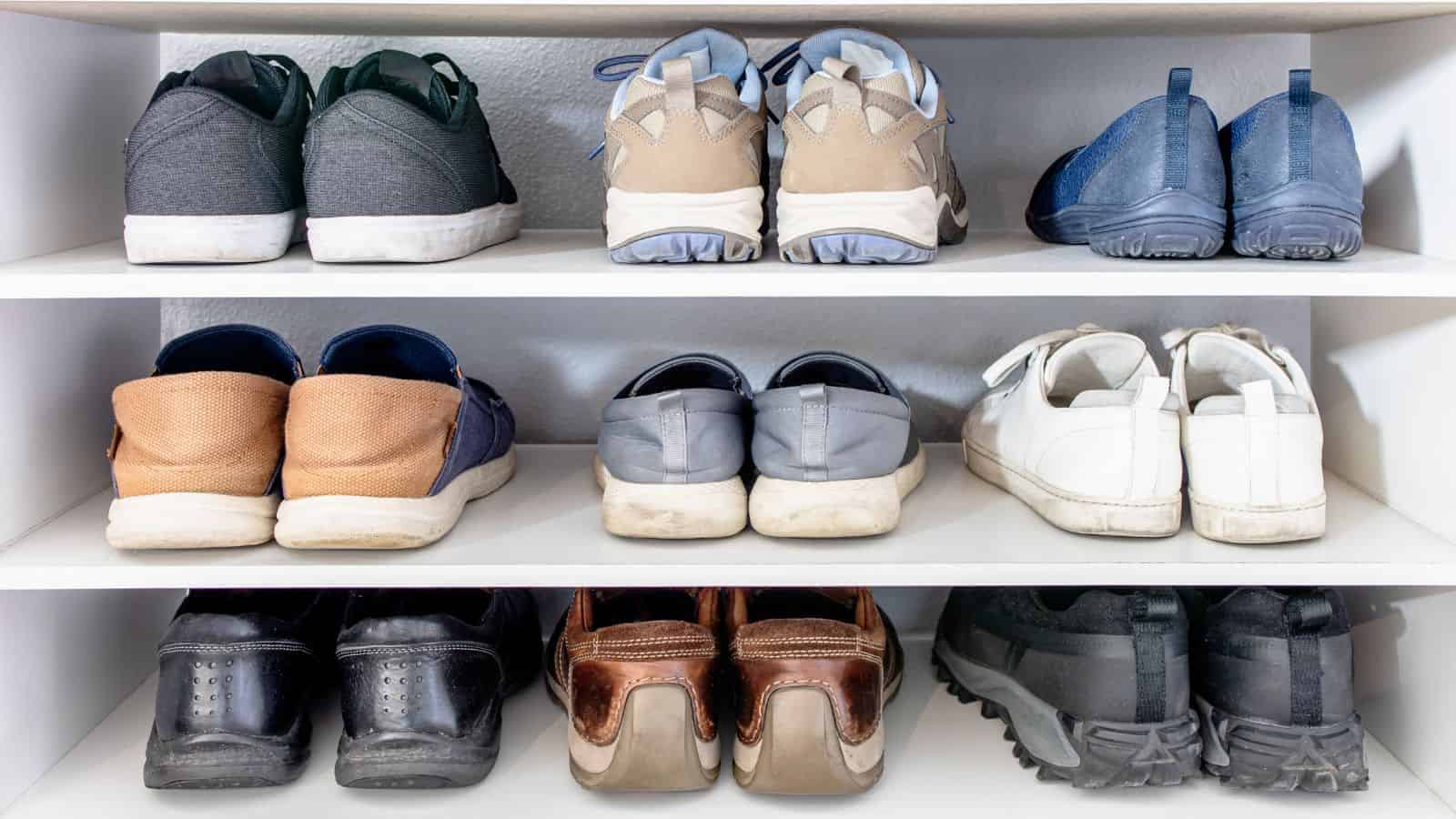
Back in the 1940s, leather shoes were an investment that lasted years with proper care and regular re-soling. Nowadays, fast fashion and online shopping options offer tacky alternatives that might seem cost-effective but are actually far more expensive when you calculate the cost per hour of wear. Overall, shoe buyers are paying more for less.
Toys
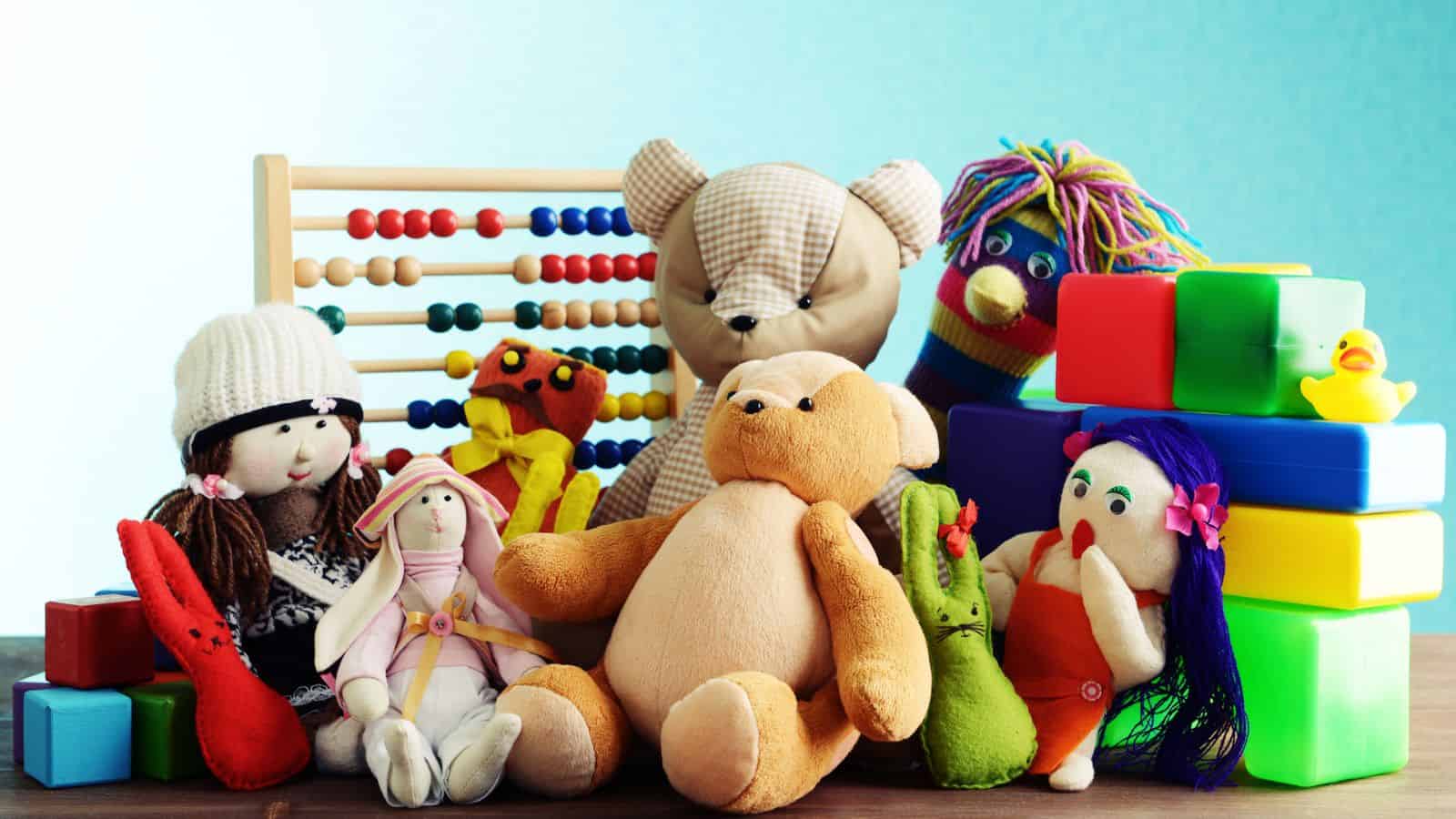
Today’s toys often come in colorful, alluring packages and are heavily marketed to a young audience, yet the end result can be disappointing and short-lived. Who’s The Mummy says toy makers have sacrificed craftsmanship and longevity for a rapid turnover of high-profit, plastic toys that quickly need to be replaced. If you want long-term value, opt for well-made wooden toys instead.
Light Bulbs

LED bulbs do have much better energy efficiency than halogen or evanescent bulbs, but they seem to have stopped living up to their advertised lifespans. The first examples truly stood the test of time, but manufacturers are clearly raking in the profits by reducing the quality nowadays, making modern LED bulbs more expensive yet less long-lasting than they were.
Coffee
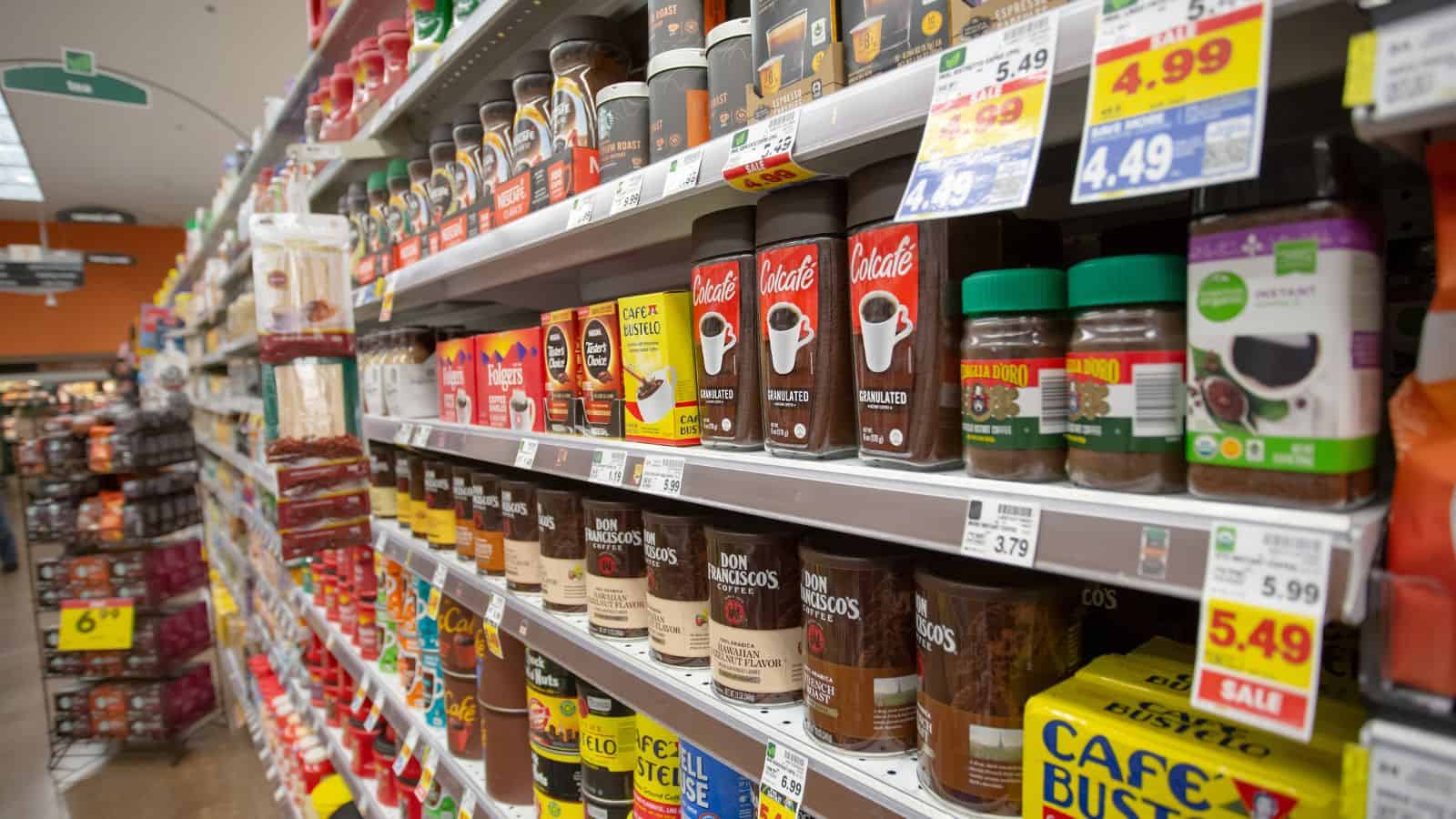
Coffee prices have steadily climbed in recent years, which isn’t unusual for a grocery item. Yet, the quality seems to have experienced a sneaky downgrade, too. Some coffee brands have clearly cut corners by using lower-grade beans or adding fillers to maintain profit margins. While some consumers haven’t noticed, discerning coffee drinkers have reported a decline in taste, potency, and aroma.
Socks
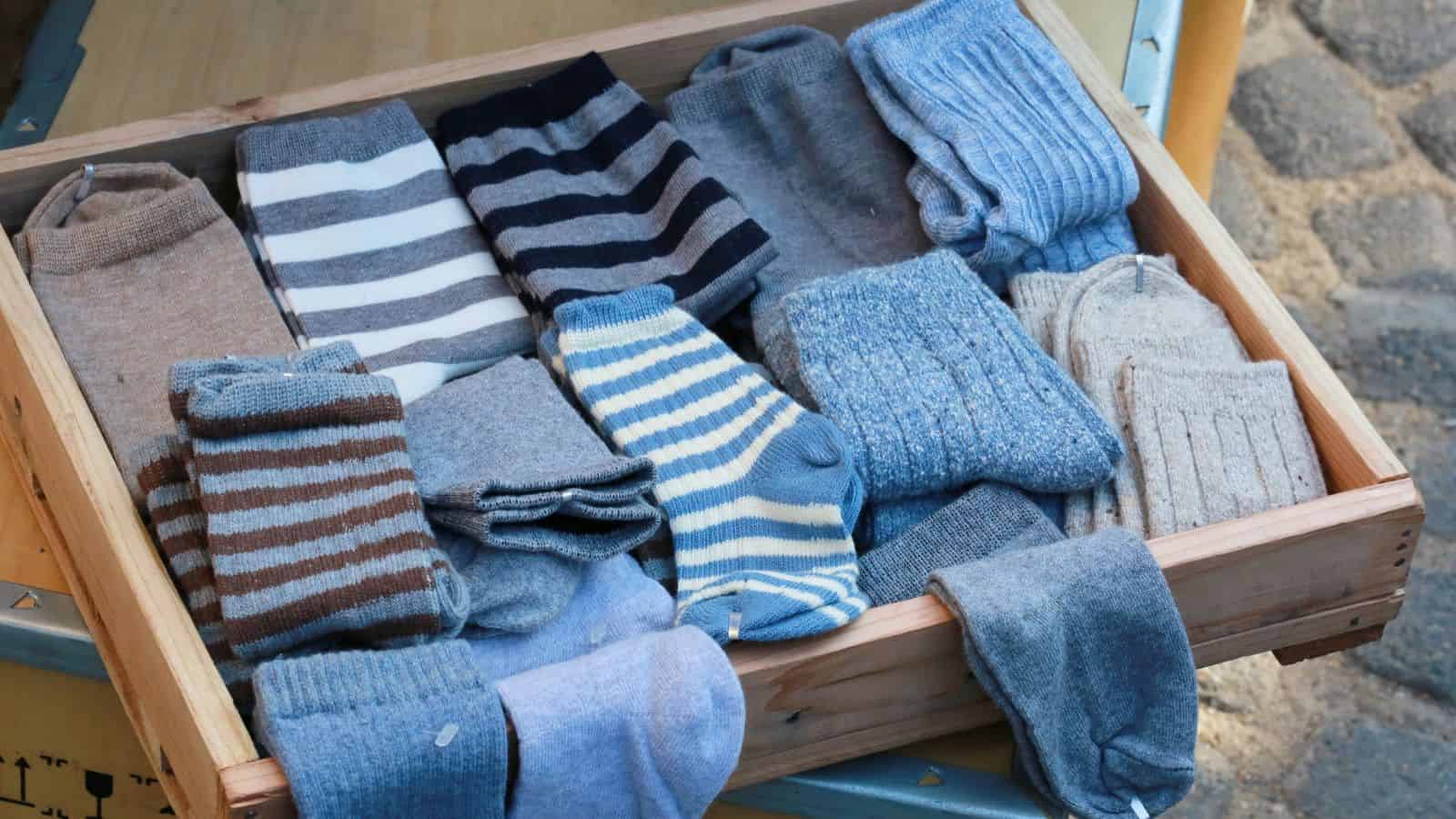
Gone are the days of thick socks that lasted for years and could even be effectively darned (repaired)! Modern socks are thinner and typically made with synthetic materials that may be stylish, brightly colored, and elasticated but aren’t as durable as natural fibers like cotton and wool. This has made socks a clothing item that has to be regularly thrown out and replaced.
Fast Food

Fast food portions are shrinking, at least for the cheapest meal sizes, while prices steadily rise. Scripps News claims that McDonald’s has doubled its prices in the last 10 years and that most other fast food establishments are at least 60% more expensive than they were in 2014. The photos look the same, but “shrinkflation” is definitely at work, leaving customers hungry yet spending more.
Trash Bags

If there’s one disposable item that really needs to be strong enough for the task, it’s garbage bags. If they frequently split or are easily punctured, you have a smelly, dirty mess to deal with! Nowadays, modern bags seem to be frustratingly flimsy and prone to tearing—manufacturers have clearly reduced the thickness of the plastic to cut costs, yet the price continues to rise.
Computer Keyboards

Modern laptop keyboards generally prioritize sleek design over functionality or longevity, and using them can be difficult because of this. The keys often feel shallow and crowded together, making typing a more intricate and less satisfying task than it used to be. The materials used today are also prone to wear and tear, with keycaps becoming smooth, dislodged, or insensitive over time.
Printer Ink
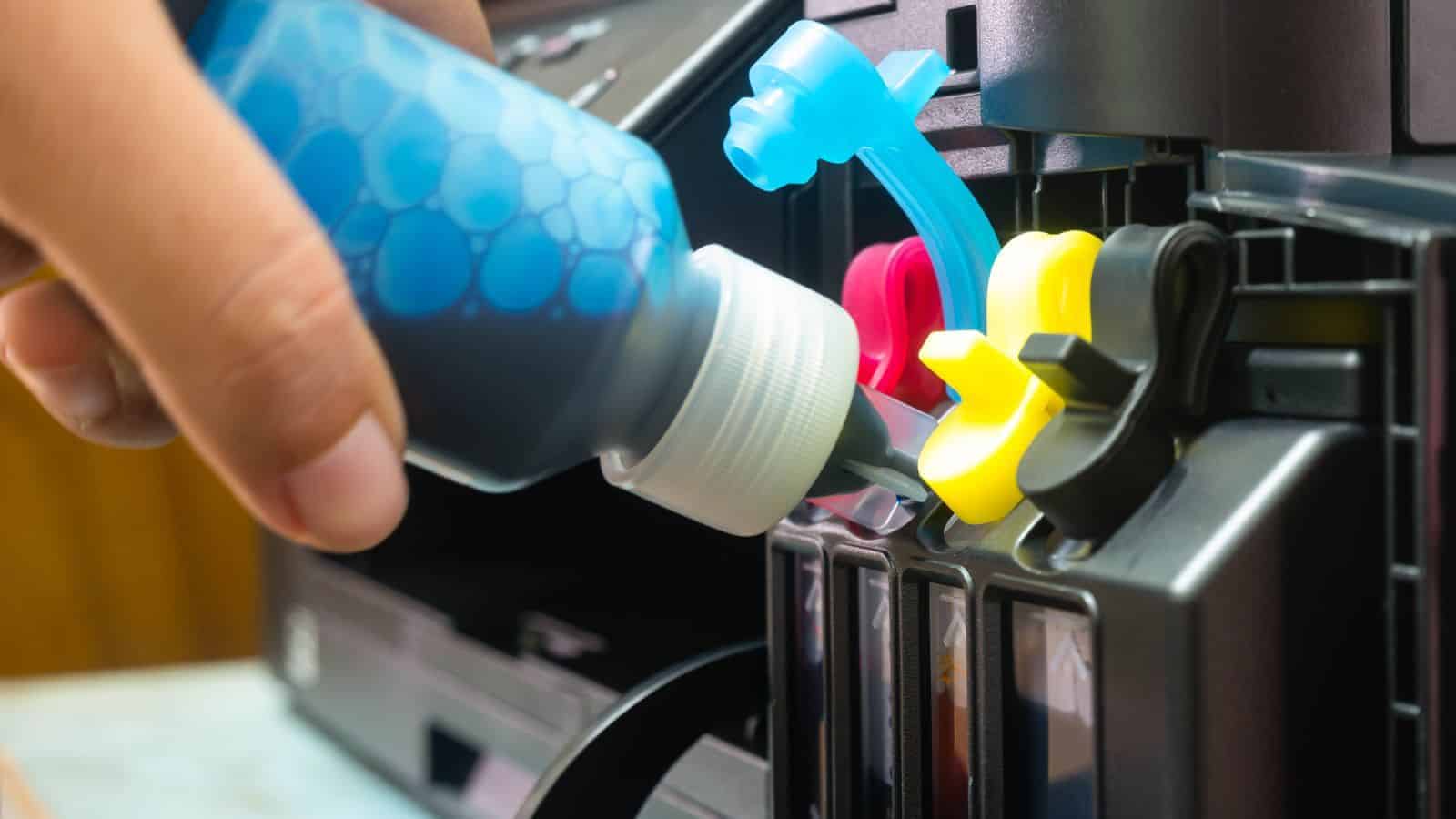
Today, ink cartridges seem to mysteriously run out of ink long before the advertised page yield has been met. We suspect manufacturers may design them to detect the need for a refill and provide an error before the ink is critically low. This means more money for them on new cartridge purchases, but disappointingly low value for the average printer user.
Up Next: 17 Places in the U.S. Where Even Truck Drivers Won’t Stop
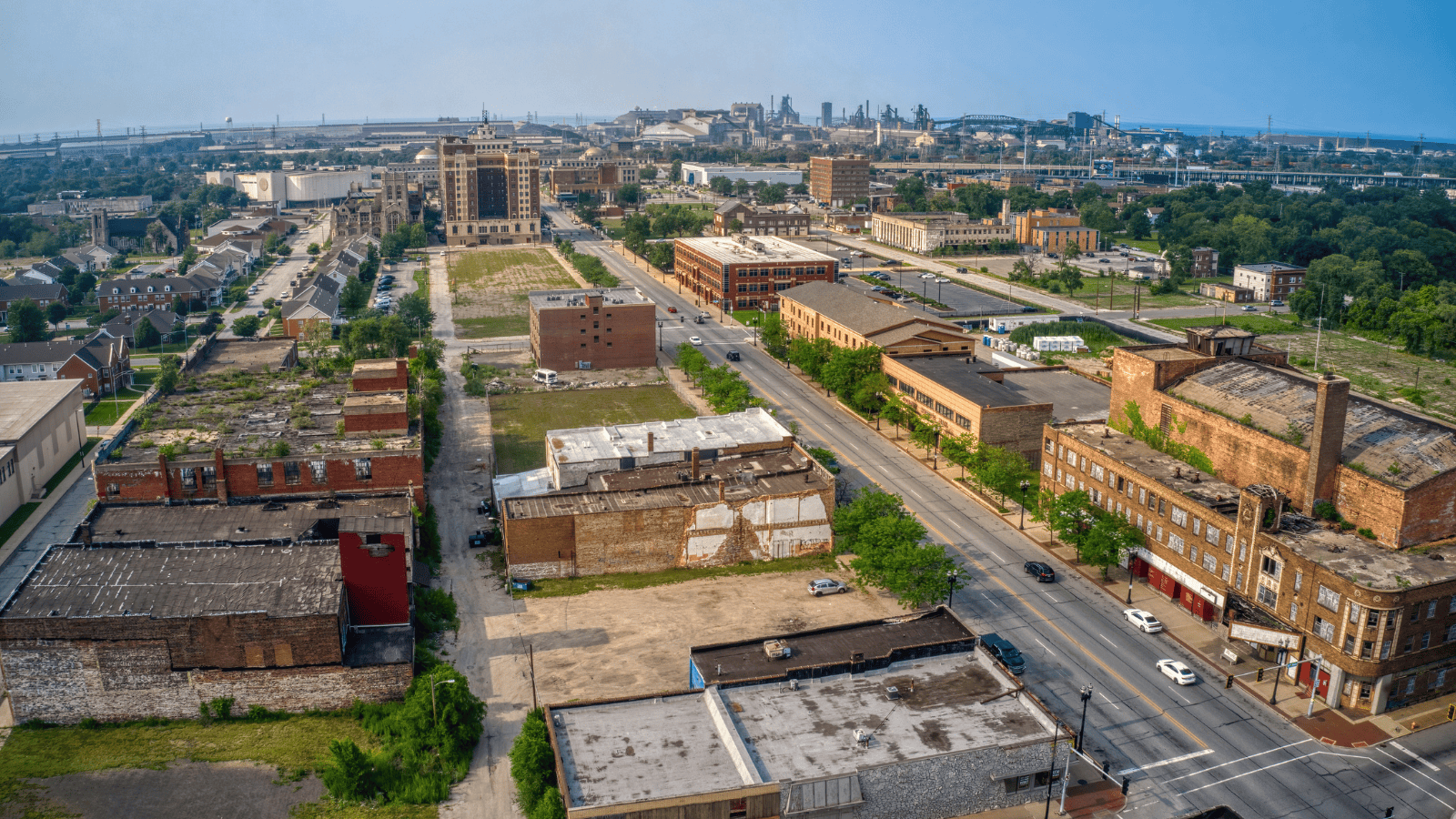
Truck drivers tend to be hardy souls—well-seasoned travelers who aren’t often afraid to rest up or refuel in risky locations. However, there are certain U.S. locations that even the most road-weary trucker refuses to stop at for fear of criminal activity or natural dangers. Here are 17 such locations that even experienced truck drivers approach with trepidation (or not at all).
17 PLACES IN THE U.S. WHERE EVEN TRUCK DRIVERS WON’T STOP
17 Things Guests Actually Notice Right Away About Your House

Inviting people into your home is a big deal. You may be very house-proud or house-conscious, and if you are either, you’ll likely get anxious about hosting. If this sounds like you, stop worrying and focus on the following 17 things that guests actually notice right away about your house.
17 THINGS GUESTS ACTUALLY NOTICE RIGHT AWAY ABOUT YOUR HOUSE
The 17 Unhappiest States in America

The US has hit an all-time low position in the World Happiness Index, tumbling to 23rd in 2024. However, it’s important to remember that location is an important factor; many US states are very happy, unlike the following 17 US states that appear to be the most unhappy.
